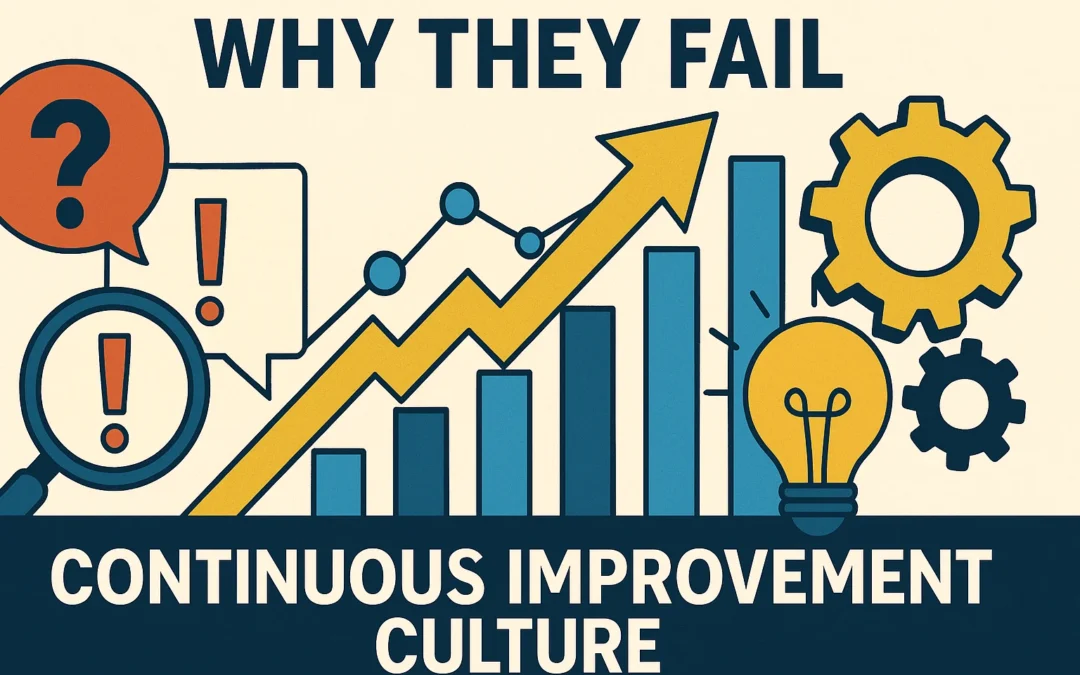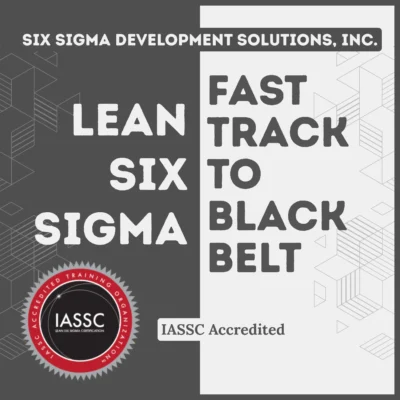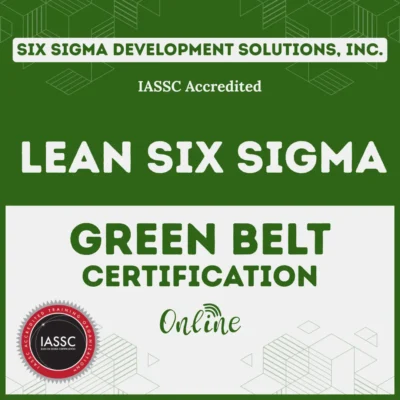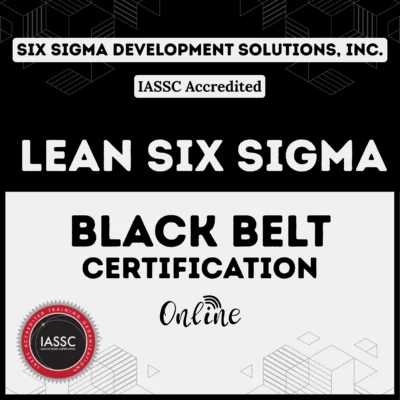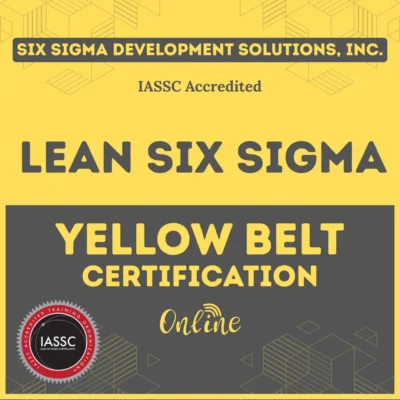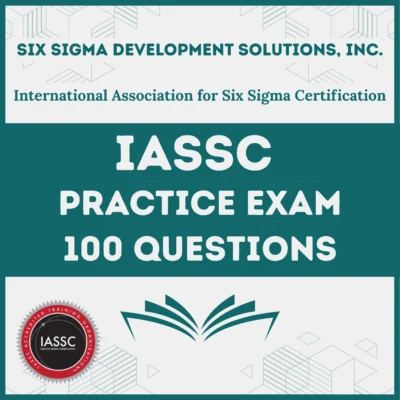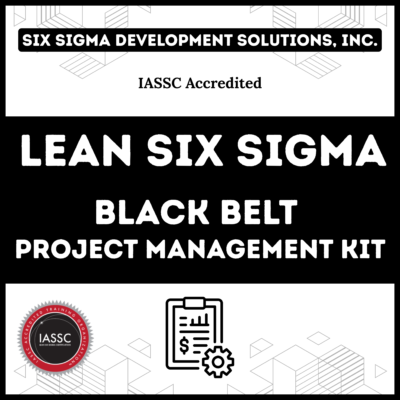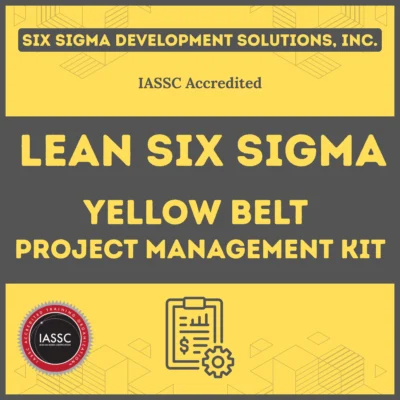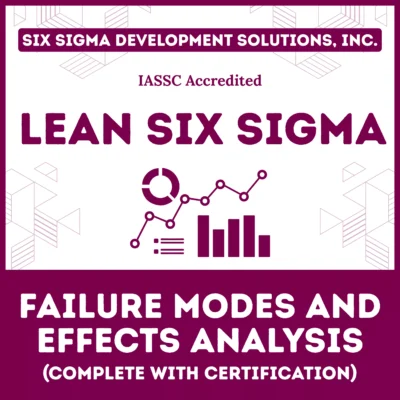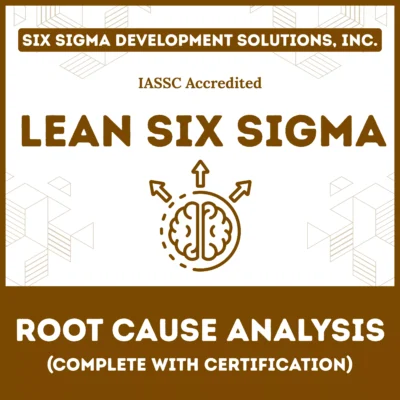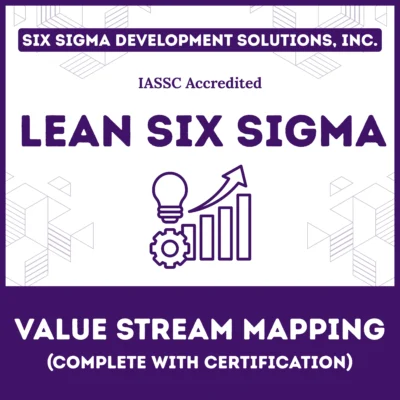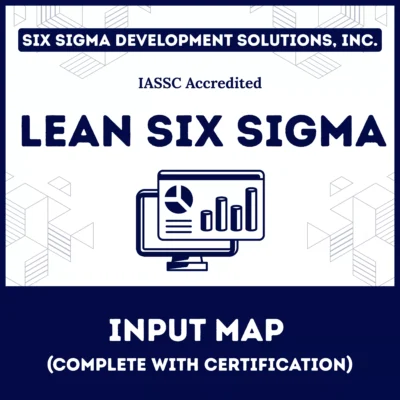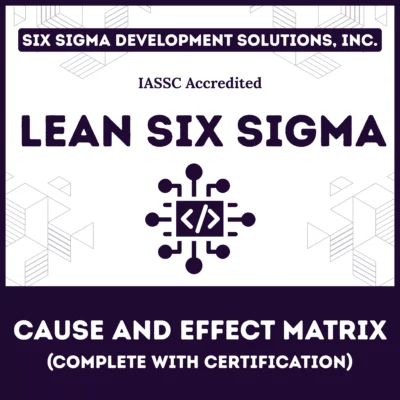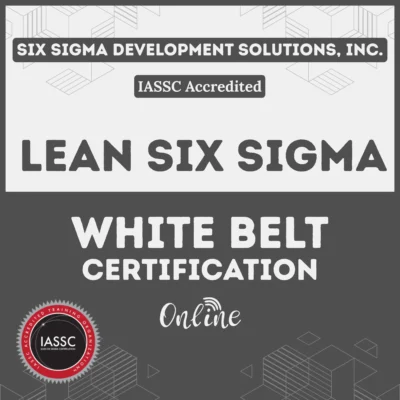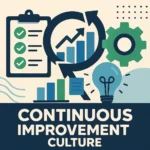
Cracking the Code of a Continuous Improvement Culture
Building a lasting continuous improvement culture is one of the biggest challenges for any company. Studies show that more than 90% of these efforts fail or fade within 18 months. This happens not because of the tools but because teams misunderstand what it really takes to build a culture that lasts. Many companies chase quick fixes or depend on leadership that only talks about improvement but does not live it. These habits cause most programs to fail before they start.
In this episode, we talk with Kurt Niemann, Master Black Belt and Principal IT Quality Improvement Specialist at Discount Tire. Kurt shares lessons from his 40-year career at Rolls-Royce, Honeywell, and Allied Signal. He explains the difference between working in a company that already has a continuous improvement culture and building one from scratch.
The Pitfalls of a Flawed Continuous Improvement Culture
One of the fastest ways to fail is when leaders only give lip service. Kurt recalls his time at Allied Signal, where every employee was Green Belt trained. Continuous improvement was part of daily work, not an extra task. This kind of company culture builds accountability and ownership across every level.
In contrast, many organizations train one person and expect them to solve everything. That lone Green Belt faces burnout because there is no system, no shared responsibility, and no leadership support.
When leadership picks projects based on personal pain points rather than data, the results are short-lived. Fixing a local issue might make one area look better, but the whole system stays the same. True continuous improvement depends on data, not opinions. It must target the real constraint that slows down performance.
Building a Sustainable CI Framework
So how can a company build a CI system that lasts? It starts with a solid foundation before any formal training begins. Kurt explains that you need to meet people where they are. You can’t copy-paste someone else’s culture.
At Discount Tire, the team started with a simple operating system similar to the Plan-Do-Check-Act cycle. It fit the company’s way of working and evolved naturally. A key part of this system is tracking performance with Key Performance Indicators (KPIs). These metrics show where the business struggles, so teams know exactly which process needs attention next.
Instead of guessing or reacting to the problem of the day, the data leads the way. Every project connects to a clear business goal. That approach builds trust, focus, and long-term growth.
This method reflects what Lean and Six Sigma stand for, continuous improvement that grows from within the organization.
Key Takeaways from this Podcast:
- Executive buy-in must be active and informed, not empty talk.
- One Green Belt cannot carry an entire continuous improvement effort.
- Use data and KPIs to decide which projects matter most.
- Build a strong foundation before starting any CI program.
- Agile and Lean principles work hand in hand to improve IT and operations.
A Word from our Sponsor, Six Sigma Development Solutions.
This episode of “Why They Fail” is brought to you by Six Sigma Development Solutions, Inc., providing “Operational Excellence” Around the Globe!
Six Sigma Development Solutions, Inc. offers comprehensive Lean Six Sigma certification training, accredited by the International Association for Six Sigma Certification (IASSC) as an Authorized Training Organization. They have transformed over 100 organizations in 52 countries and achieved $100M USD in savings through Lean Six Sigma, certifying over 4000 practitioners. Their partners include Aerojet Rocketdyne, Dropbox, and Mercy Health, among others.
Key Certification Training we provide:
We offer a variety of flexible training options to fit your needs! You can learn at your own pace with our Online Self-Paced, On-Demand courses, including our free Online Lean Six Sigma White Belt. We also offer comprehensive online programs for Lean Six Sigma Yellow Belt, Green Belt, and Black Belt certifications. If you prefer in-person instruction, we can come onsite to your organization or you can join our public training sessions, available live virtually or in person at any of our 52 training centers. Every one of our courses can be delivered either live virtually or live in person, ensuring you get the learning experience that works best for you.
Answering the Question “What is …”:
For more information, ☎️ contact us: https://sixsigmadsi.com/contact-us/ or call us at 866-922-6566

